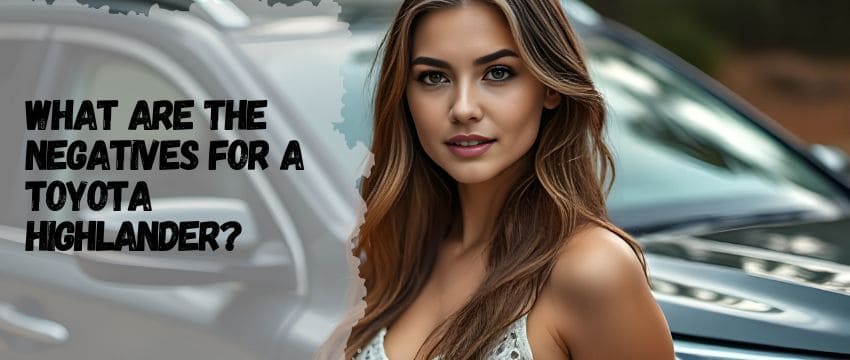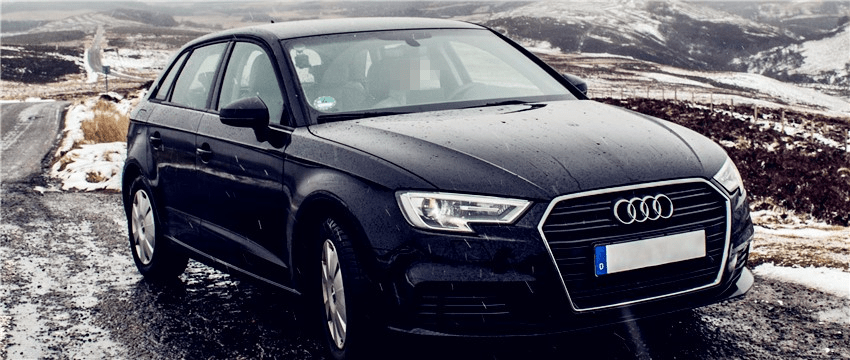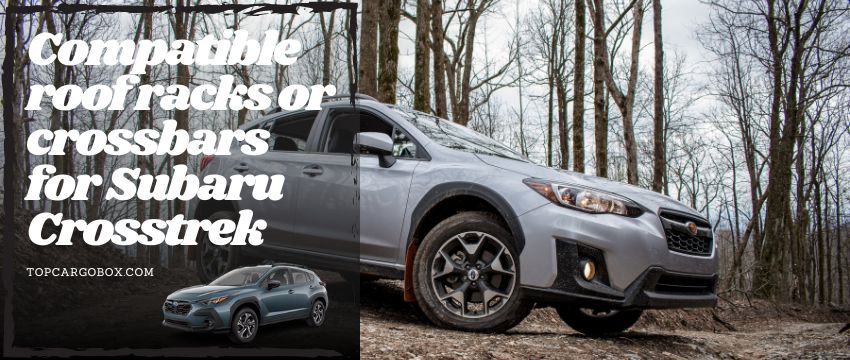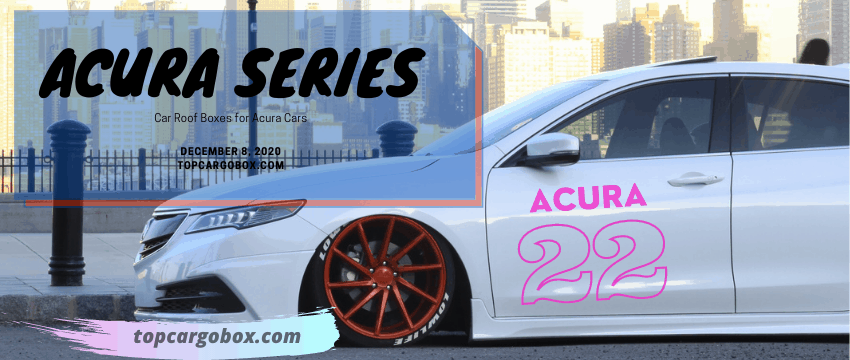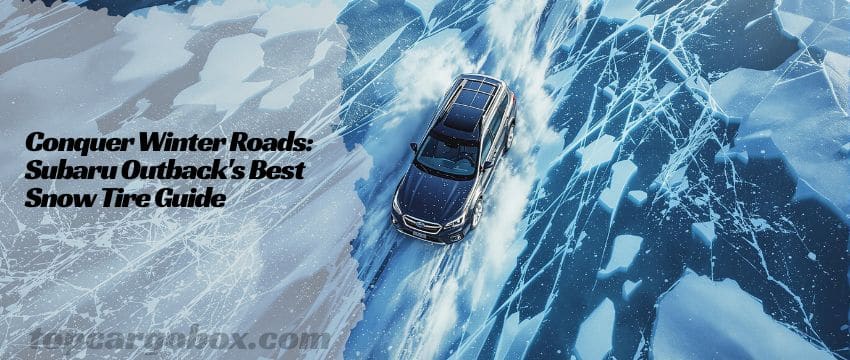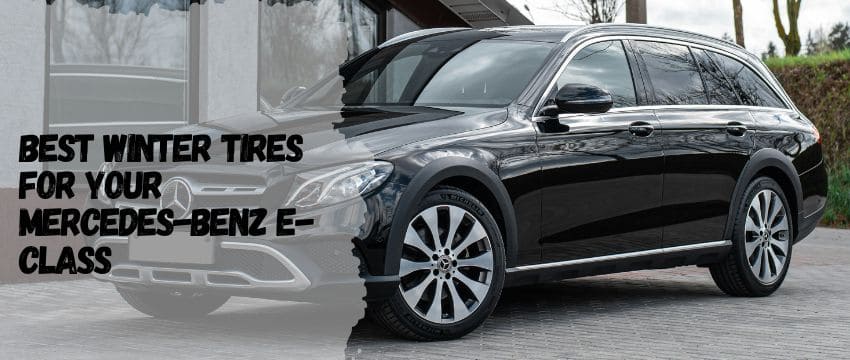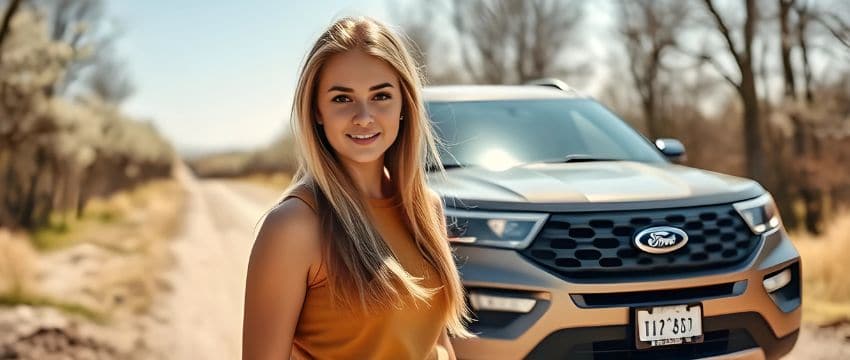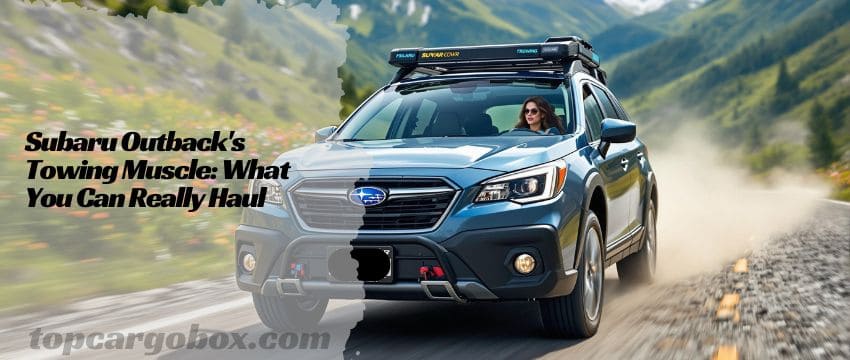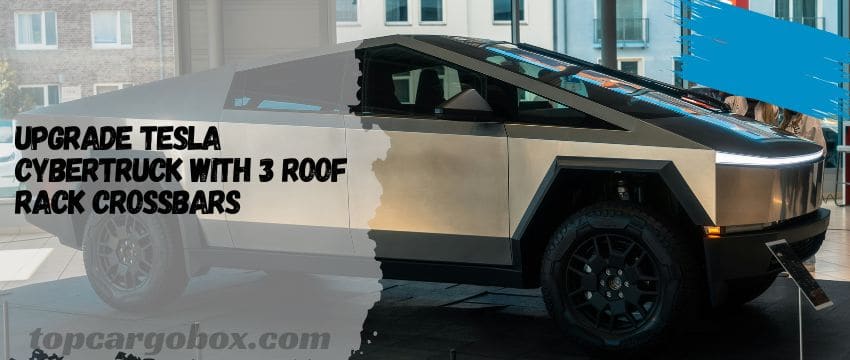The Toyota Highlander has long been a favorite among families seeking a reliable, spacious, and safe midsize SUV. However, no vehicle is perfect. While its reputation for durability and resale value is well-earned, the Highlander has notable drawbacks that potential buyers should consider. From cramped third-row seating to underwhelming driving dynamics, this article uncovers the less-talked-about downsides of owning a Toyota Highlander.
Limited Interior Space and Comfort
Cramped Third-Row Seating
One of the most frequent criticisms of the Toyota Highlander is its third-row seating. While marketed as a three-row SUV, the rear seats are best suited for children or petite adults. With only 27.7 inches of legroom—compared to the Honda Pilot’s 31.9 inches—the space feels claustrophobic for anyone over 5’5”. The narrow seat design and low cushion height further compromise comfort, making long rides uncomfortable.
Families needing genuine seven-passenger usability may find the Highlander inadequate. Unlike competitors such as the Kia Telluride or Hyundai Palisade, which prioritize third-row accessibility, the Highlander’s rear entry is awkward due to limited door clearance. This design flaw forces passengers to contort themselves when entering or exiting, a hassle during school runs or road trips.
Insufficient Cargo Capacity
When all three rows are in use, the Highlander offers just 16 cubic feet of cargo space—enough for a few grocery bags but insufficient for luggage or sports gear. Even folding the third row only expands capacity to 48.4 cubic feet, trailing rivals like the Chevrolet Traverse (57.8 cubic feet). This limitation becomes glaring during family vacations or bulk shopping trips.
The cargo floor’s height is another pain point. Loading heavy items requires lifting them nearly 30 inches off the ground, straining backs and deterring those with mobility issues. For a vehicle in this class, the lack of hands-free power liftgate options on lower trims feels outdated.
Underwhelming Driving Dynamics
Lackluster Engine Performance
The base Highlander’s 2.4-liter turbocharged four-cylinder engine produces 265 horsepower, which struggles under the SUV’s 4,400-pound curb weight. Merging onto highways or overtaking slower traffic demands patience, as the engine labors to deliver power. The optional hybrid variant improves efficiency but doesn’t resolve the sluggish acceleration.
By comparison, the Ford Explorer’s 2.3-liter EcoBoost engine generates 300 horsepower, offering a more responsive drive. Toyota’s prioritization of fuel economy over performance leaves the Highlander feeling lethargic, especially when carrying a full load.
Uninspiring Handling
The Highlander’s steering is precise but devoid of feedback, creating a disconnected driving experience. Its suspension tuning leans heavily toward comfort, resulting in excessive body roll during sharp turns. While this soft setup absorbs potholes effectively, it detracts from the agility expected in a modern SUV.

Enthusiasts seeking engagement will prefer the Mazda CX-90, which balances ride comfort with sportier handling. The Highlander’s focus on practicality over driving enjoyment limits its appeal to those valuing spirited performance.
Outdated Infotainment System
Clunky Interface and Limited Features
Toyota’s 8-inch touchscreen feels antiquated next to the crisp, intuitive systems in rivals like the Hyundai Palisade. Menus are cluttered, and the interface lags during inputs. Even the upgraded 12.3-inch screen (available on higher trims) suffers from slow response times and convoluted navigation.
Wireless Apple CarPlay and Android Auto remain absent in most trims, forcing users to rely on unreliable USB connections. In contrast, the Kia Telluride offers wireless smartphone integration standard across all models, highlighting Toyota’s reluctance to adopt newer tech.
Subpar Sound System
The base six-speaker audio system delivers thin, tinny sound quality. Upgrading to the 11-speaker JBL setup costs over $1,500 but still falls short of the rich acoustics found in the Ford Explorer’s Bang & Olufsen system. Audiophiles will find this disappointing in a vehicle priced above $40,000.
Higher-Than-Average Maintenance Costs
Cost of Parts and Labor
While Toyota is synonymous with reliability, the Highlander’s maintenance costs exceed those of many competitors. A 30,000-mile service averages $400–$600, compared to the Honda Pilot’s $300–$500. Brake pad replacements cost around $350, and the hybrid battery’s eventual replacement (after 8–10 years) can exceed $4,000.
Frequent Minor Repairs
Owners report recurring issues with the power liftgate motor and infotainment glitches, which aren’t covered under the basic warranty. The 3-year/36,000-mile warranty is shorter than Hyundai’s 5-year/60,000-mile coverage, leaving buyers vulnerable to out-of-pocket expenses.
Poor Fuel Efficiency for the Class
The non-hybrid Highlander achieves 21 MPG city/29 MPG highway, lagging behind the Hyundai Palisade (22 MPG city/26 MPG highway) despite its smaller engine. The hybrid variant improves to 36 MPG combined, but rivals like the Kia Sorento Hybrid (39 MPG combined) offer better efficiency. For a family hauler, these numbers translate to frequent gas station stops on long trips.
Resale Value Concerns
While Toyotas generally hold value well, the Highlander’s depreciation accelerates faster than segment leaders. After 5 years, it retains roughly 50% of its value, whereas the Subaru Ascent holds 55–58%. Over-saturation in the used market and the rise of more tech-savvy competitors contribute to this decline.
Key Features and Specifications
Feature | Specification |
|---|---|
Engine Options | 2.4L Turbo I4 (265 HP) / 2.5L Hybrid (243 HP) |
Seating Capacity | 7–8 passengers |
Cargo Space (Behind 3rd Row) | 16 cubic feet |
Fuel Economy (Non-Hybrid) | 21 MPG city / 29 MPG highway |
Infotainment Screen | 8” standard, 12.3” optional |
Basic Warranty | 3 years / 36,000 miles |
Conclusion
The Toyota Highlander’s reputation for reliability and safety is well-deserved, but its flaws—cramped third row, dated tech, and mediocre driving dynamics—make it a less compelling choice in a competitive segment. Buyers prioritizing space and innovation may find better options elsewhere, though Toyota loyalists will appreciate its proven track record.
Frequently Asked Questions
1. What is the most common problem with Toyota Highlander?
The most frequent issues involve transmission hesitations in 2020–2021 models and power liftgate failures. Owners also report premature brake wear and electrical glitches in the infotainment system. While not catastrophic, these problems require costly repairs outside the warranty period.
2. What are the best years for Toyota Highlander to buy?
The 2022–2023 models are ideal due to refined hybrid options and resolved transmission issues. The 2017–2019 years are also reliable, offering lower depreciation. Avoid the 2020–2021 models for their drivetrain complaints.
3. What’s better, a RAV4 or a Highlander?
The RAV4 is more fuel-efficient and affordable, ideal for singles or small families. The Highlander offers more space and towing capacity (5,000 lbs vs. 3,500 lbs) but costs more. Choose based on passenger and cargo needs.
4. Is Toyota Highlander high maintenance?
Compared to rivals, yes. Maintenance costs run 10–15% higher than Honda or Hyundai equivalents. However, its reliability reduces unexpected repairs, balancing long-term expenses.
5. What is the best Toyota SUV to buy?
The 4Runner excels for off-roading, while the Sequoia offers maximum space. The RAV4 Hybrid is best for efficiency. The Highlander suits families needing a balance of space and reliability without adventure-focused features.
Our team is creating outdoor-gear relevant articles with passion. If our articles can help you to find the correct solutions for your questions, we will be happy about that. In the content creation process, we usually collect accurate and useful information online or offline to compile our content in an organized way. Consequently, we can guarantee that you can discover some expected answers to your questions. We appreciate your time on our site.

